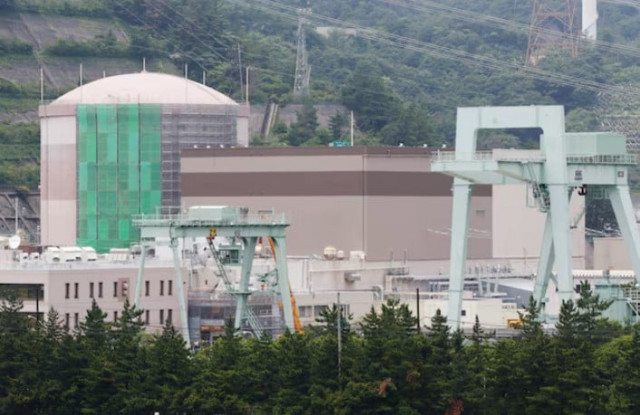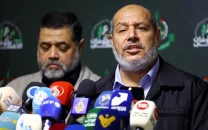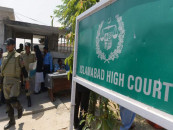Japan's nuclear authority nears decision on Fukui plant restart, reports NHK
NRA standards do not permit the installation of safety-critical equipment on an active fault line.

Japan's Nuclear Regulation Authority (NRA) is expected to decide on Friday whether to allow the restart of a plant that lies above a fault line, state broadcaster NHK reported, marking a key ruling since the Fukushima disaster in 2011.
Why it's important
The decision over the Tsuruga nuclear power plant unit 2 in Fukui prefecture on Japan's western coast could mark the first rejection of a nuclear plant restart or operation under regulatory guidelines.
NRA standards do not permit the installation of safety-critical equipment on an active fault line.
The focus for the authority will be whether the fault line running under the reactor building has the potential to move in the future, NHK said.
Context
Earthquakes are common in Japan, one of the world's most seismically active areas. Japan accounts for about one-fifth of the world's earthquakes of magnitude 6 or greater.
On March 11, 2011, the northeast coast was struck by a magnitude 9 earthquake, the strongest quake in Japan on record, and a massive tsunami. Those events triggered a meltdown at the Fukushima plant that was the world's worst nuclear crisis since Chernobyl a quarter of a century earlier.
Key quote
At a press conference on Wednesday, NRA chairman Shinsuke Yamanaka said if the agency's review board decides not to allow the Tsuruga reactor restart, it would be the first such rejection since the agency's creation in 2012, NHK reported.


















COMMENTS
Comments are moderated and generally will be posted if they are on-topic and not abusive.
For more information, please see our Comments FAQ